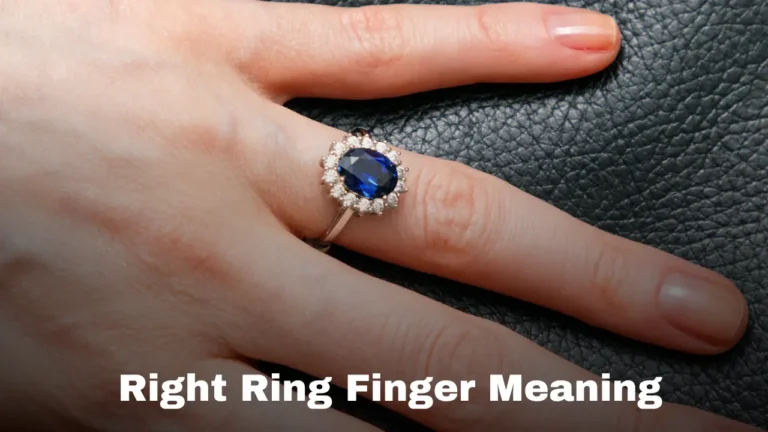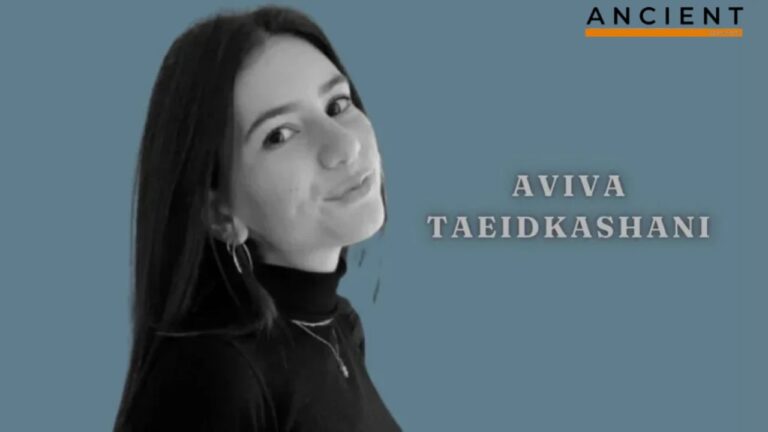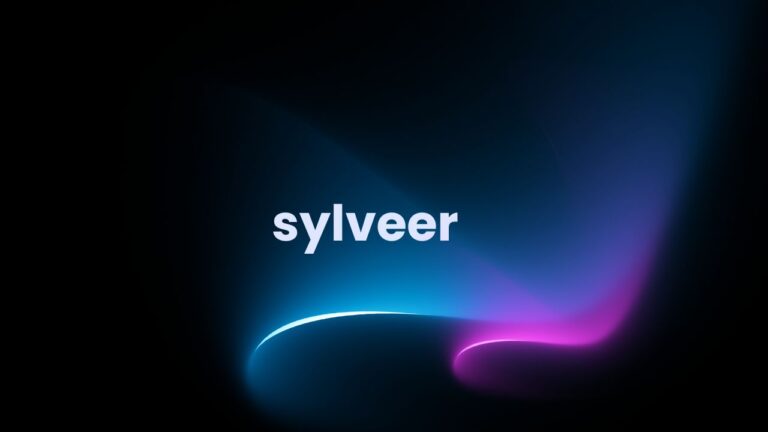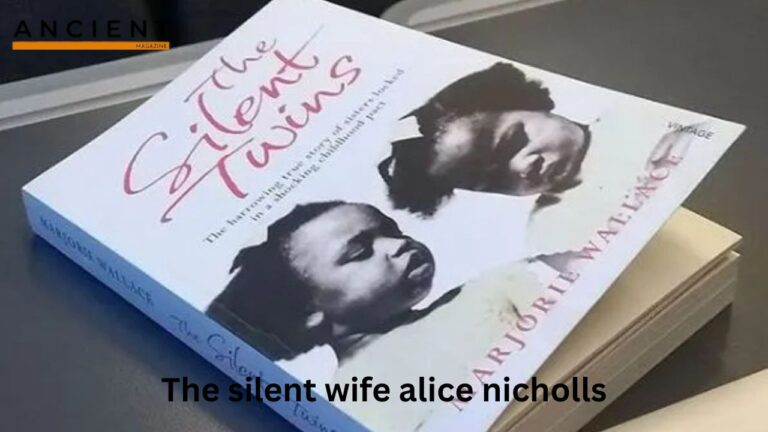What Is Giniä and Where Does It Come From?

Giniä isn’t just a cultural term; it’s a philosophy, a living expression of identity that transcends time. It originates from ancient folklore and regional customs that value duality, symbolism, and the human connection to nature and self-expression. Over the centuries, it has evolved into a powerful motif influencing art, literature, fashion, and even how people live and connect socially.
Rooted in centuries-old traditions from multiple cultures, Giniä brings together spirituality, craftsmanship, and storytelling. Think of it as a bridge between past and present, merging traditional values with modern creativity.
How Does Giniä Influence Visual Arts?
Giniä’s fingerprints are visible in every brushstroke, sculpture, and digital design that seeks depth and meaning. Artists often describe Giniä as a “silent guide” in their creative process.
Key Features of Giniä in Visual Arts:
| Element | Description |
|---|---|
| Color Palette | Warm earth tones with vibrant accents, symbolizing life’s dualities. |
| Textures | Layered brushwork, mixed media, and raw surfaces echoing organic themes. |
| Subjects | Mythical figures, natural elements, and symbolic objects. |
Photographers and digital artists have also embraced Giniä, capturing fleeting, often overlooked moments that reflect cultural richness and emotional depth. Even in minimalist design, you can find echoes of Giniä through balance, symmetry, and story-driven visuals.
How Does Giniä Appear in Performing Arts?
Whether it’s a rhythmic footstep on stage or a poetic melody, Giniä thrives in the movement of performing arts.
Dance:
- Choreographers often use Giniä-inspired steps to depict emotional journeys.
- Dances blend classical and contemporary techniques.
Theater:
- Scripts include philosophical themes tied to identity, resilience, and destiny.
- Costume and stage design often mimic Giniä’s visual language—flowing fabrics, symbolic props.
Music:
- Composers create soundscapes using instruments that mimic nature (like bamboo flutes or water drums).
- Lyrics often carry metaphor-rich language, echoing Giniä’s motifs of duality.
The goal in all these forms is emotional resonance. Audiences aren’t just entertained—they are moved, prompted to reflect on their inner selves.
How Does Giniä Shape Literature?
Literature inspired by Giniä is deeply introspective. It’s about more than just storytelling; it’s about unearthing hidden meanings.
Themes Commonly Found in Giniä-Driven Writing:
- Conflict and Duality: Protagonists often face inner turmoil, symbolizing the constant push-pull of human desires.
- Cultural Identity: Stories highlight forgotten traditions or reimagine ancient myths.
- Spiritual Symbolism: Motifs such as fire, water, and mirrors recur often.
Poetry takes this even further, using minimalist language packed with emotion. A single stanza might reflect an entire cultural narrative. Modern writers use Giniä not just to reflect on society but to challenge its norms.
How Does Giniä Impact Lifestyle and Culture?
Beyond galleries and bookshelves, Giniä lives in everyday actions, choices, and aesthetics. It’s present in how people dress, cook, decorate, and even socialize.
Fashion:
- Design Patterns: Clothing often features symmetrical motifs, symbolizing harmony.
- Color Theory: Bright colors reflect joy and resilience; neutral tones represent calmness and introspection.
| Style Influence | Giniä Expression |
|---|---|
| Streetwear | Modern reinterpretation of traditional garb. |
| Couture | Embroidered, hand-crafted symbols representing ancestral stories. |
Fashion weeks in regions influenced by Giniä have dedicated segments that feature heritage-inspired designs.
Interior Design:
- Giniä homes often include natural materials like wood, clay, and linen.
- Spaces are open, inviting dialogue and community.
- Items like woven baskets, symbolic art, and handmade furniture are common.
Cuisine:
Food becomes a storytelling platform through Giniä. Every dish holds emotional and cultural weight.
| Cuisine Feature | Giniä’s Influence |
|---|---|
| Ingredients | Local and seasonal, emphasizing sustainability. |
| Flavor Profiles | Balance of sweet, sour, spicy—representing life’s emotional spectrum. |
| Presentation | Artful plating with symbolic garnishes (like herbs representing wisdom). |
Food festivals dedicated to Giniä themes are growing globally, where chefs from different backgrounds reinterpret ancient dishes using modern tools.
Social Rituals:
Cultural traditions rooted in Giniä include:
- Naming ceremonies with poetry and song.
- Story nights where elders pass down history orally.
- Seasonal festivals celebrating harvest, rain, or moon cycles.
All these customs deepen communal bonds while preserving oral history.
What Controversies Surround Giniä?
Like any cultural phenomenon, Giniä isn’t without criticism.
Common Critiques:
- Cultural Homogenization: Critics argue that blending so many traditions into “Giniä” erases individual cultural identities.
- Artistic Conformity: Some artists feel pressured to align their work with the Giniä aesthetic, stifling originality.
- Cultural Appropriation: There’s debate over who has the right to use Giniä symbols, especially in fashion and design.
Counterargument:
Supporters claim Giniä fosters unity and cross-cultural appreciation. They believe it helps revive endangered traditions by making them relevant to younger generations.
How Are Creators Modernizing Giniä Today?
Innovators across industries are adapting Giniä for the digital age. This isn’t about discarding tradition—it’s about evolving it.
Modern Visual Arts:
- Interactive digital murals using AR (augmented reality) allow viewers to “step inside” Giniä landscapes.
- NFTs featuring symbolic Giniä themes are gaining traction in digital art marketplaces.
Contemporary Literature:
- Zines and blogs dedicated to Giniä fiction and essays are trending among youth.
- Short stories with choose-your-own-ending formats based on Giniä values of consequence and moral choice.
Fashion and Product Design:
- Techwear using smart fabrics that change color with mood, inspired by emotional symbolism in Giniä.
- Accessories (like pendants and rings) engraved with ancient Giniä runes paired with QR codes linking to their story.
Modern Cuisine:
- 3D-printed food layered to reflect traditional Giniä visuals.
- Fusion cuisine pop-ups around the world.
Why Does Giniä Matter More Than Ever?
In a globalized world that often pushes uniformity, Giniä encourages individualism grounded in shared history. It tells us we can be modern yet rooted, innovative yet respectful.
As more people seek meaning in their creative expression and daily choices, Giniä acts as a guidepost. It teaches us to honor the old while embracing the new. Whether you’re an artist, a chef, a fashion designer, or simply a curious soul, engaging with Giniä opens up a rich dialogue between self, culture, and community.
Final Thoughts
Giniä is not just a trend; it’s a lens to view the world. It bridges cultures, generations, and art forms. Its influence is everywhere—in a song lyric, a fashion accessory, a family recipe, or a dance move. The future of Giniä lies in our hands, as we choose how to interpret, preserve, and evolve it in our own unique ways.






